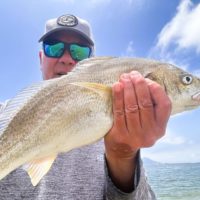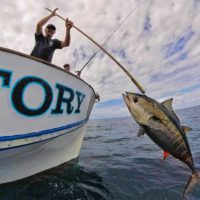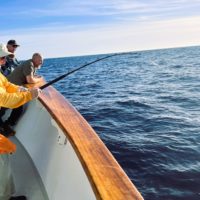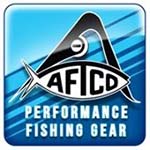 A new sponsored post brought to you by Outdoor Empire. Please support So Cal Salty and visit out sponsor.
A new sponsored post brought to you by Outdoor Empire. Please support So Cal Salty and visit out sponsor.
Choosing A Saltwater Fishing Rod
 I’ve been fishing for most of my life. It wasn’t until the last decade or so though that I really got serious about wanting to understand the nuances of the different styles of saltwater fishing we do here in Southern California. At this point, I have become pretty proficient with most of the varieties of fishing that we do. The knowledge to get to this point has been accumulated through finding great mentors and a lot of trial and error on the water.
I’ve been fishing for most of my life. It wasn’t until the last decade or so though that I really got serious about wanting to understand the nuances of the different styles of saltwater fishing we do here in Southern California. At this point, I have become pretty proficient with most of the varieties of fishing that we do. The knowledge to get to this point has been accumulated through finding great mentors and a lot of trial and error on the water.
The most visible manifestation of my progression may be my rod collection. At last count (and that was probably 6 months ago), it had reached 27 rods. I have 2 trout rods and a few inshore rods that could potentially do double duty as freshwater bass rods. I also have some rods that remain around as my personal “rent rods” for taking guests on the water who don’t own gear. Still, that leaves 20 rods or so for my personal use? Sure I could pare that number down, but for the most part there is a specific reason for each rod.
It’s just like I wrote about recently in my Re-Thinking Surf Fishing article. You start learning how to do something in a specific way. Then you realize there are other fish to catch. Or there’s a better way when you encounter a different environment. Or when the fish don’t want play one way and they want a different presentation etc. When you figure out what you want to throw, you start examining the various characteristics of a rod and how they translate into better performance for different applications. I found this Outdoor Empire article useful in sorting out the key considerations.
The other thing you need to keep in mind is that while one rod/reel combo COULD be used for different applications, on the water you may not have time to stop and re-tie before the window of opportunity closes…especially when targeting specific gamefish.
I’ll give you an example…
 This last weekend I was targeting yellowtail at one of our local islands, San Clemente. The bait of choice was live squid for this trip. The two preferred presentations were either a dropper loop to target the lower end of the water column, or a sliding sinker setup targeting mid-column to just below the surface. For both setups, an appropriate line type and rating is 30 lb. monofilament.
This last weekend I was targeting yellowtail at one of our local islands, San Clemente. The bait of choice was live squid for this trip. The two preferred presentations were either a dropper loop to target the lower end of the water column, or a sliding sinker setup targeting mid-column to just below the surface. For both setups, an appropriate line type and rating is 30 lb. monofilament.
One rod/reel combo could suffice for either setup. However, if they decide to bite one way, and you’re fishing the other…
Then at different points in the day, the yellows would boil up on the surface chasing bait. Those moments happen quickly and require a different presentation, surface iron, to even be in the game on those opportunities. Now we are up to 3 rods. Long story short, I took 6 rods on this trip and I used 5 of them. I put them to good use too, capitalizing on the opportunities I had and took home 2 yellowtail (left) and a white seabass.
Where can you get information before your trip so that you know what fish you’ll be targeting and what gear to bring?
A good idea is to call the landing or charter service and ask. Most of these services will have gear available to rent. If you are going into a situation completely blind, renting is probably your safest way to go. Find out if our style of fishing is something you are going to be doing enough of to warrant making that investment in buying your own equipment.
If like me, the answer is yes, then spend the time going on trips, talking to crewmembers, talking to other passengers, frequenting tackle shops etc. Do some reading too. It will help you understand what these various sources of information are talking about and give you questions to ask of them. I have a lot of articles that talk about targeting different species. Also, Outdoor Empire’s Saltwater Rod Guide is a good starting point.
 I promise you. If you do your homework, and get out on the water to practice what you read about, you will build up your knowledge and proficiency. Your reward is you will learn how to use the gear, catch more fish, make new friends and get lifelong enjoyment from this sport that I love so much. Good luck!
I promise you. If you do your homework, and get out on the water to practice what you read about, you will build up your knowledge and proficiency. Your reward is you will learn how to use the gear, catch more fish, make new friends and get lifelong enjoyment from this sport that I love so much. Good luck!
This article brought to you by:












No Comments